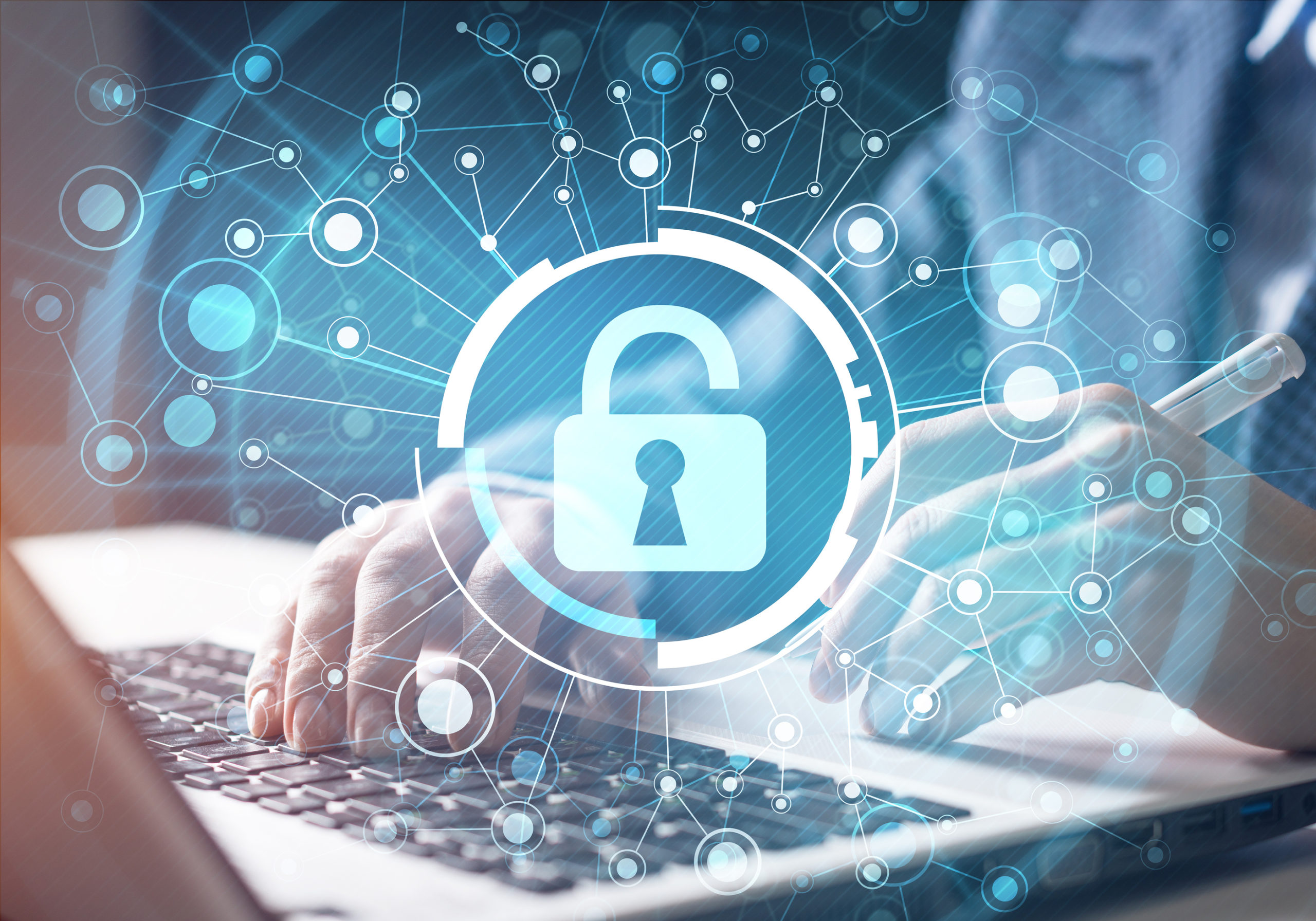Tech Rules When Working from Home in the New “Normal”

What we considered “normal” at the beginning of 2020, has been completely shattered and rebuilt just six months later.
One of the facets of our new version of normal is the fact that many employees now work remotely from home. And it’s projected that this is going to change the future of how companies operate.
Before the pandemic, US businesses reported that less than 10% of their workforce was primarily working from home.
The pandemic shutdowns caused nearly every business in Central Florida and around the country to transition to a remote workforce as the only way to keep their company operating.
Now, 77% of companies surveyed say that they expect the number of employees working from home three or more days per week to increase post-pandemic.
Not only does this put a new emphasis on using cloud solutions for most or all business processes, it also requires putting rules into place for remote employees to ensure productivity and security.
These rules cover everything from communication to the use of cloud solutions.
Guidelines for a Successful Remote Working Structure
While employees may be doing the same main job functions and working with the same data and files while working from home as when at the office, there are distinct differences. These necessitate some technology guidelines to ensure your new “normal” is successful and just as productive for a remote workforce.
Make Communication an Emphasis
When people aren’t in the same building, keeping everyone communicating, understanding expectations, and not feeling left out can be a challenge.
40% of companies surveyed in the midst of the pandemic (Spring 2020) reported having a problem with “stranded employees”
It’s important to use a team communication platform, such as Teams in Microsoft 365, that will foster and enable communication in a number of ways, including voice, real-time messaging, and video.
When employees have this type of a platform, it encourages them to keep those personal connections and bolsters that feeling of being part of a team.
Secure Home Computers Being Used for Work
One big vulnerability many companies have when it comes to cybersecurity is when employees work from home on a personal computer. Those PC’s may be outside of a company’s IT security strategy and management IT services plan.
It’s important to treat any home computers being used by remote workers the same as you would if they were in the office. This includes:
- Having regular updates/security patches applied
- Ensuring it has a good antivirus/anti-malware app
- Using an account lock so no one else can access business data or accounts
- Backing up all business data stored on that PC
Put a VoIP Phone System in Place
If you still have a legacy landline phone system at your office, it’s going to make it difficult for remote workers to make and receive business calls.
Using a personal cell can mean the need to reimburse employees, and it can lead to confusion by customers when they see a number on caller ID they don’t recognize.
You can solve many of these phone/remote worker issues with the use of a VoIP phone system. Employees can both make calls from and answer their business phone line (with business caller ID) from anywhere, making it a less confusing calling experience both for your staff and your customers.
Don’t Use Just Any Cloud Software
Shadow IT has become a growing problem during the pandemic. Employees may end up using a certain software on their computer to do work or find a cloud tool online that fills a gap… but without clearing that software first.
If a company’s IT team doesn’t know what software employees are using, they can’t ensure data isn’t at risk and a company can potentially suffer a data breach as a result.
It’s important to have a shadow IT policy in place that discourages employees from just using any software they like. Explain the risks of having unknown apps used outside your cloud strategy, give a list of approved apps, and offer a way for employees to recommend an app for approval that they may need.
Secure Internet Connections with Things Like VPN and MFA
Connecting from a home network increases the risk of a security breach. Home networks are more vulnerable to attack and typically use less secure Wi-Fi routers.
Two things that can help secure your remote connections and prevent account breaches are:
- VPN: Virtual private networks add a layer of encryption between your employees and the internet, securing traffic even when they’re on unsecure Wi-Fi.
- MFA: Multi-factor authentication prevents credential hacks and can keep company cloud accounts much more secure, especially when employees are logging in from multiple locations.
Get Help Setting Up a Smart Remote Technology Ecosystem
C Solutions can help you successfully adapt your business technology ecosystem to the new “normal” in a post-pandemic world.
Schedule a free technology consultation today! Call 407-536-8381 or reach us online.
